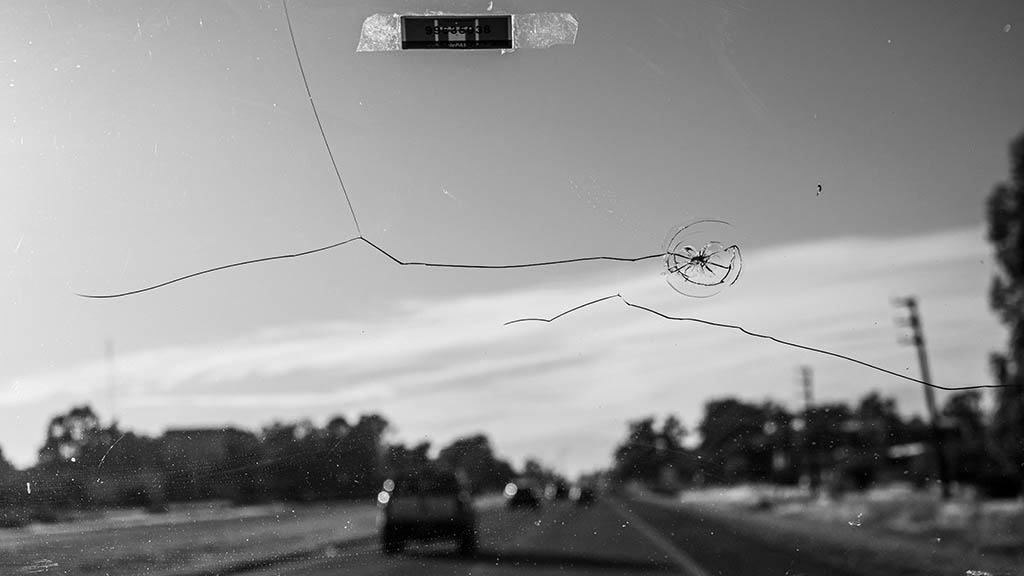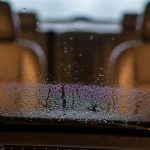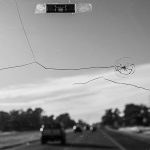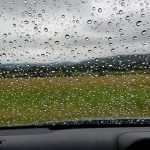
A windshield crack may seem minor, especially if it’s out of the driver’s sight. But even a small crack can affect your visibility, your safety, and your vehicle’s roadworthiness. In this blog, we’ll look at whether it’s safe to drive with a broken windshield, how long you can keep driving before it becomes dangerous, and what the law says about it—especially in Ontario.
What the Law Says About Windshield Cracks
In Ontario, the Highway Traffic Act provides a clear answer. According to Section 74(1):
“No person shall drive a motor vehicle upon a highway unless the windshield and the windows on either side of the compartment containing the steering wheel are in such a condition as to afford the driver a clear view to the front and side of the motor vehicle.”
This means if the crack blocks your vision or interferes with your view of the road, you’re not legally allowed to drive that vehicle.
If the crack is small and not obstructing your view, you might technically be within the law. Still, legal doesn’t always mean safe.
Is It Dangerous to Drive with a Cracked Windshield?
Here’s why a cracked windshield is more than just a cosmetic problem:
- Compromised visibility: Cracks and chips distort light. That makes it harder to see clearly, especially in bright sunlight or at night.
- Weakened structural integrity: Your windshield supports the roof of your car. If you’re in a rollover accident, a cracked windshield may not provide the same level of protection.
- Airbag malfunction: In many vehicles, the passenger airbag inflates toward the windshield. A cracked windshield may not hold up, reducing the airbag’s effectiveness.
So, is it dangerous to drive with a cracked windshield? Yes, especially at high speeds or during sudden stops. The glass is more likely to break, and your safety systems may not work as designed.
Do Windshield Cracks Spread?
Yes, and often faster than you’d expect. Here are a few reasons cracks get worse over time:
- Temperature fluctuations: Cold nights and warm days cause the glass to expand and contract. That makes small cracks grow.
- Vibrations from driving: Bumps, potholes, and even regular driving create vibrations that can cause a crack to spread.
- Moisture and dirt: Water can seep into a crack, especially during rainy weather. If the water freezes, the crack will expand.
If you’re wondering, how long can you drive with a cracked windshield, the answer depends on how quickly it spreads. But because you can’t always predict when that will happen, driving even a short distance could be risky.
When a Cracked Windshield Becomes a Real Hazard
The danger of a cracked windshield goes beyond just obstructed vision—it can impact the entire safety system of your vehicle. To help you better understand the level of risk, here’s a breakdown of common windshield crack scenarios and what they could mean for your safety on the road:
| Situation | Risk Level | Explanation |
| Small chip, not in driver’s view | Low (temporarily) | Can be monitored but should be repaired soon |
| Crack in driver’s line of sight | High | Impairs visibility and could lead to a ticket |
| Multiple cracks across windshield | High | Reduces structural integrity |
| Crack expanding toward the edge | High | Higher chance of the glass shattering |
| Crack during winter or in extreme heat | Moderate to High | Weather changes can make the crack grow quickly |
Even minor damage can compromise your vehicle’s safety. Knowing how dangerous a cracked windshield can be may help you decide when it’s time to stop driving and get it repaired.
Can a Cracked Windshield Shatter While Driving?
It can—though modern windshields are designed to hold together even when damaged. Windshields are made from laminated glass, which means there’s a plastic layer between two layers of glass. This design keeps the glass from breaking into dangerous shards.
However, if the crack is severe or located in a stress-prone area, there’s a risk the windshield could fail during an accident or even from road vibrations. So yes, a cracked windshield can shatter while driving, especially if the glass has already been weakened.
Why You Shouldn’t Wait Too Long for Repairs
Even if the crack seems small and manageable today, it’s hard to predict when it will spread. Small issues become expensive ones quickly. Waiting too long can lead to a full replacement or the following:
- Your crack spreading overnight after a cold snap
- A ticket for obstructed visibility
- Impaired visibility during a storm
- Windshield failure during a collision
Windshield replacement costs more than repair, so do not delay any precautionary measures to fix your windshield cracks.
What’s the Final Verdict?
So, is it safe to drive with a cracked windshield? Not really. While you might be able to drive legally with a minor chip, that doesn’t mean you should. Cracks weaken the glass, reduce visibility, and could affect your safety in an emergency.
Can you drive with a cracked windshield? Technically, yes—but only if the crack doesn’t block your view and hasn’t started to spread. Still, that window of safety is short. Cracks can grow fast and become a serious problem.
If you’re looking for windshield repair in Oakville, AutoGlassZone is a trusted local provider known for fast service, expert workmanship, and honest pricing. They handle everything from small rock chips to larger cracks, helping you avoid a full replacement whenever possible.Don’t take chances with your safety—contact us to book your repair today.






